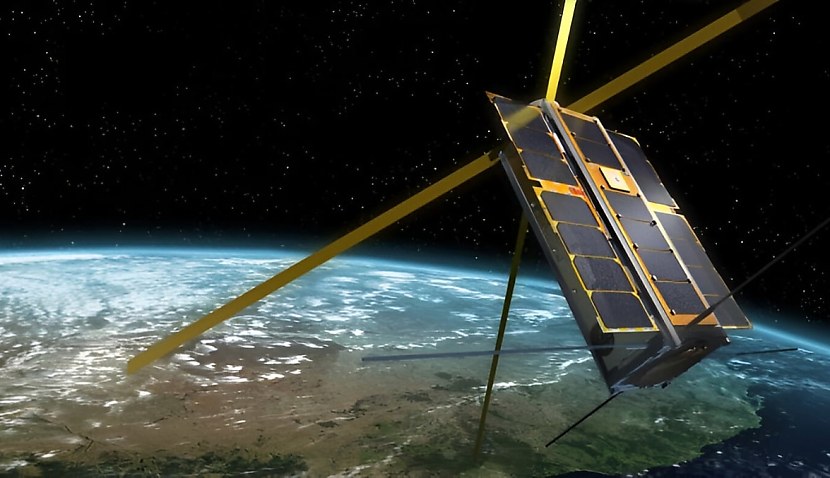
The news brings an end to the pioneering Buccaneer Risk Mitigation Mission, which launched in 2017 to help fine-tune the performance of an RAAF radar network.
It will be followed by the Buccaneer Main Mission in early 2025, which will build on its predecessor’s work.
Melrose Brown, acting director of the university’s space division, said the satellite’s re-entry was an opportunity to reflect on the issue of space sustainability.
“The space environment continues to become more and more congested, especially in low-Earth orbit,” he said.
“More satellites are launched into low-Earth orbit each year, and unfortunately, it is not always possible to – and some people simply don’t – follow sustainable mission practices like timely disposal and accurate tracking.
“Drag-induced re-entry burn-up is a useful disposal strategy for small satellites as it clears up increasingly congested slots in orbit without needing to conduct a controlled manoeuvre at the end of the satellite’s life.
“For CubeSats, like Buccaneer, we can usually assume that the satellite will burn up completely because its small size and mass cannot withstand the extreme heating loads of a re-entry trajectory.
“But this is not always the case for larger satellites, and UNSW Canberra researchers are currently trying to better understand the complexities of re-entering larger satellites.”
The original Buccaneer Risk Mitigation Mission was launched in November 2017 from the Vandenberg Air Force Base in California on a United Launch Alliance Delta 2 rocket.
The mission helped Defence fine-tune the performance of Australia’s Jindalee Operational Radar Network (JORN), which can detect objects hundreds or thousands of kilometres beyond traditional radar limits and is a crucial part of Australia’s defence.
Researchers also collected a huge amount of data from the satellite using the international Falcon Telescope Network, including the telescope based at UNSW Canberra. The satellite was significantly the first operated by Defence in 50 years.
The sequel “Main Mission”, due to launch next year, will consist of a single CubeSat manufactured by Adelaide-based Inovor Technologies and remain in space for 12 months.
This time, the satellite will fly through JORN’s pencil beam to ensure it is the correct shape when it hits the ionosphere, a part of Earth’s upper atmosphere that reflects and modifies radio waves used for communication.
It aims to help calibrate the radar and enhance its performance as a long-range threat detector. JORN is also used for civilian purposes, such as detecting illegal entry of people, smuggling, and unlicensed fishing.

Adam Thorn
Adam is a journalist who has worked for more than 40 prestigious media brands in the UK and Australia. Since 2005, his varied career has included stints as a reporter, copy editor, feature writer and editor for publications as diverse as Fleet Street newspaper The Sunday Times, fashion bible Jones, media and marketing website Mumbrella as well as lifestyle magazines such as GQ, Woman’s Weekly, Men’s Health and Loaded. He joined Momentum Media in early 2020 and currently writes for Australian Aviation and World of Aviation.
Receive the latest developments and updates on Australia’s space industry direct to your inbox. Subscribe today to Space Connect here.











